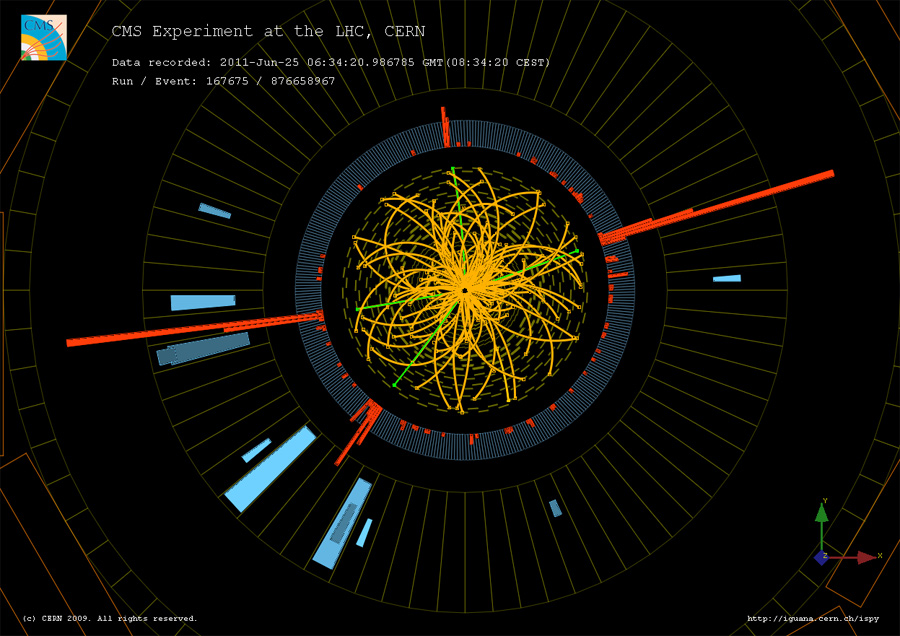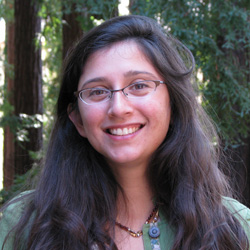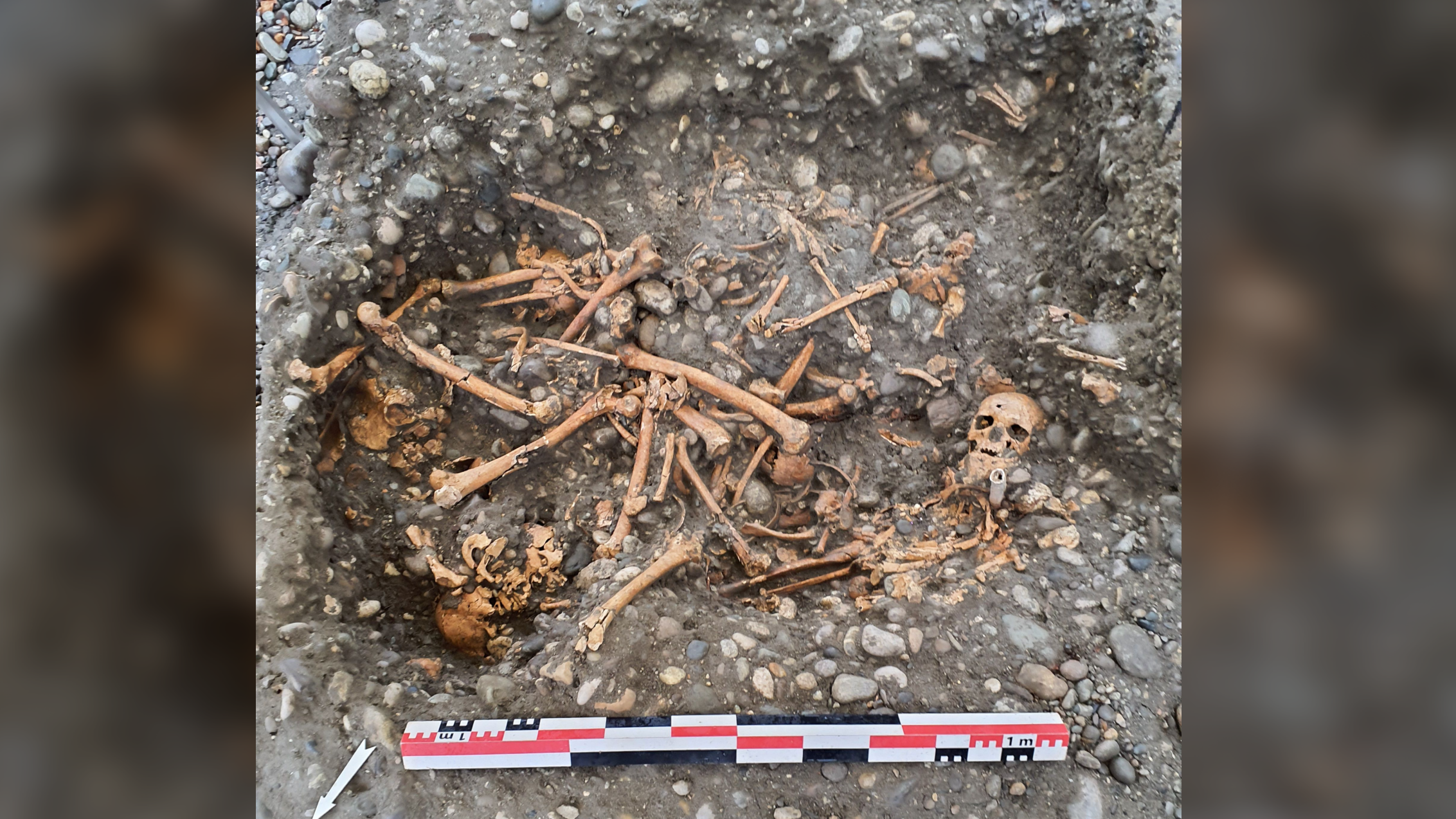
While most high-school students are stuck building science fair experiments with a funnel, some popsicle sticks or a few parts from Radio Shack, a few lucky ones will have the opportunity to take their science to a whole new level.
CERN, the Geneva, Switzerland-based physics organization that runs the Large Hadron Collider that recently found the Higgs Boson, is opening up a particle beamline for students with the best research proposal.
The beams accelerate protons and other particles to incredibly high speeds, and the focused beams are then fed to experiments such as the Large Hadron Collider, which smashes beams together to create tiny subatomic particles.
The Proton Synchrotron beam line will be open to a total of nine teams of up to 30 students over age 16, along with one adult coach. Nine of the lucky winners will travel to CERN for a week in July or August and use a powerful proton beam to probe the mysteries of matter. CERN is also helping out with travel and living expenses.
The teams can design their experiments for two beams: the Super Proton Synchrotron and the Proton Synchrotron beams.
Would-be atom smashers can apply for the program by filling out a simple registration form by Jan. 31, as well as a 140-character statement saying why they should win the competition. After that, students still have till March 31 to submit their complete proposal.
Follow Tia Ghose on Twitter and Google+. Follow LiveScience @livescience, Facebook & Google+. Original article on LiveScience.
Get the world’s most fascinating discoveries delivered straight to your inbox.

Tia is the editor-in-chief (premium) and was formerly managing editor and senior writer for Live Science. Her work has appeared in Scientific American, Wired.com, Science News and other outlets. She holds a master's degree in bioengineering from the University of Washington, a graduate certificate in science writing from UC Santa Cruz and a bachelor's degree in mechanical engineering from the University of Texas at Austin. Tia was part of a team at the Milwaukee Journal Sentinel that published the Empty Cradles series on preterm births, which won multiple awards, including the 2012 Casey Medal for Meritorious Journalism.


